Warning: Illegal string offset 'source_type' in /home/mychutej/public_html/blog/wp-content/plugins/egany-facebook-to-wp/egany_facebook_to_wordpress.php on line 1099
Social media has become a useful tool for epidemic control and management. Platforms such as Facebook are developing tools to improve health outcomes. The Ebola outbreak was one such classic example, numbers alone could not describe the reach and penetration of online information in seconds.
Related Article: Social Media and Health
Presently, across a section of the African continent called the Meningitis belt. People resident in these areas are most susceptible to the Meningitis disease which occurs during the dry season.
6. Geographically, the extended #Meningitis Belt of Sub-Saharan Africa has the highest rates of the disease.#StaySafe
Photo Source: @WHO pic.twitter.com/us6AbdWq1H
— EpidAlert (@EbolaAlert) 5 April 2017
To know more about the Meningitis disease, read our Storified Twitter Chat. New cases of the diseases are recorded annually across the belt. History has recorded data of outbreaks with a startling number of cases, however, the ongoing outbreak has drawn the ire of the general public and the governmental parastatals in Nigeria have been brutally accused of delay in response.
Related Article: It’s not over with Ebola
From updates on the NCDC website, an Outbreak Control Team has since been deployed to coordinate the response. This team includes representatives from the National Primary Healthcare Development Agency (NPHCDA), World Health Organisation (WHO), United Nations Children’s Fund (UNICEF), US Centers for Disease Control, Médecins Sans Frontières and EHealth Africa. The Outbreak Control Team is focusing on communicating prevention messages, strengthening surveillance, case detection, verification and management as well as communication and coordination across the affected States. With the power of social media, these agencies have been able to provide real time information on every step to combat the outbreak.
How did it all begin?
The outbreak started in November 2016, ravaging some states across Northern Nigeria. This was the first whistle-blow of the inadequacies of the existing health system.
.@IsaacFAdewole @elrufai @AWTambuwal @NCDCgov @Chikwe_I @NphcdaNG @ebirimobinna @nighealthwatch @nmanigeria @9grrepublican @dr_kaduru @MallamPelliks @ekemma @alemuw1 @DFID_UK @WHO @salmaanaskolo @MNCH2NG @drfaisalshuaib “How come NCDC did not discover till February when the outbreak started since November. We have weak health systems” – @drfaisalshuaib — Health Ministry NGR (@Fmohnigeria) 11 April 2017
A new constraint emerged-laboratory reports showed that this present outbreak is predominantly caused by a different serotype of the Meninggoccocal bacteria, Serotype C, not previously associated with outbreaks in Nigeria.
.@IsaacFAdewole @elrufai @AWTambuwal @NCDCgov @Chikwe_I @NphcdaNG @ebirimobinna @nighealthwatch @nmanigeria @9grrepublican @dr_kaduru @MallamPelliks @ekemma @alemuw1 The current strain #Meningitis C is new, it is only known to occur sporadically hence the global shortage of vaccines – WHO CR @alemuw1 — Health Ministry NGR (@Fmohnigeria) 11 April 2017
Unfortunately, the Vaccine for Serotype C is not widely available. As the disease spreads to other areas, the fastest way to curtail the outbreak is to empower the public with information about the disease.
Resolution #3 of @NGRSenate on #FightMeningitis: “The public must be well-informed and oriented about #meningitis to combat its spread.” pic.twitter.com/px5hEJvV9l
— The Senate President (@SPNigeria) 4 April 2017
Meningitis, which often presents initially as a flu-like disease, can be treated. The greatest proportion of persons at risk are children and the way to stay free from the disease is through vaccination. Efforts from partners are geared towards improving vaccines distribution and availability.
500,000 @Gavi supported #meningitis C vaccines are arriving in #Nigeria this week to stop the outbreak https://t.co/kOa2SX3ZaL #globalhealth — Seth Berkley (@GaviSeth) 30 March 2017
Thanks to @NphcdaNG, 120,000 doses of vaccine just arrived #Zamfara in addition to initial 300,000, total of 420,000 doses! We #KeepPushing pic.twitter.com/f0bvuuw4BR
— NCDC (@NCDCgov) 9 April 2017
Large turn-out sustained in #Zamfara state as #meningitis vaccination campaign enters its 5th day. pic.twitter.com/j8qUUUbFRk
— NCDC (@NCDCgov) 9 April 2017
.@IsaacFAdewole @elrufai @AWTambuwal @NCDCgov @Chikwe_I @NphcdaNG @ebirimobinna @nighealthwatch @nmanigeria @9grrepublican @dr_kaduru @MallamPelliks @ekemma @alemuw1 The Federal Government have applied, received and judiciously used the #meningitis C vaccines – @alemuw1 WHO Country Rep — Health Ministry NGR (@Fmohnigeria) 11 April 2017
The question now is; what is the sustainable measure to ensure a widespread and effective vaccination against the disease? Thus far, the response teams are penetrating further into communities to provide care to every individual.
The meningitis vaccination teams will get to every target community by any means necessary.@NphcdaNG @UNICEF_Nigeria @WHONigeria pic.twitter.com/kZQZEAKKLy — NCDC (@NCDCgov) 9 April 2017
How can you lend a hand in this response? Learn how to #StaySafe from Meningitis, and believe that the Outbreak Team will deliver on their promise.
To get complete real-time updates of the interventions towards the Meningitis outbreak, check our Twitter page!
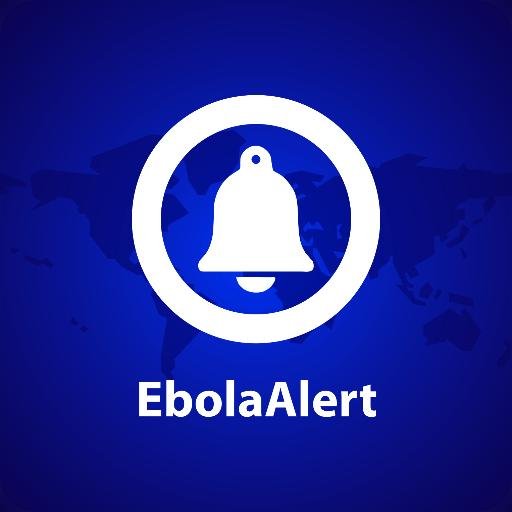
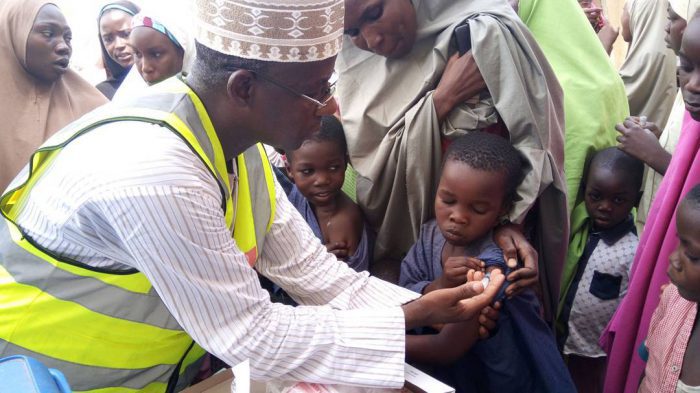
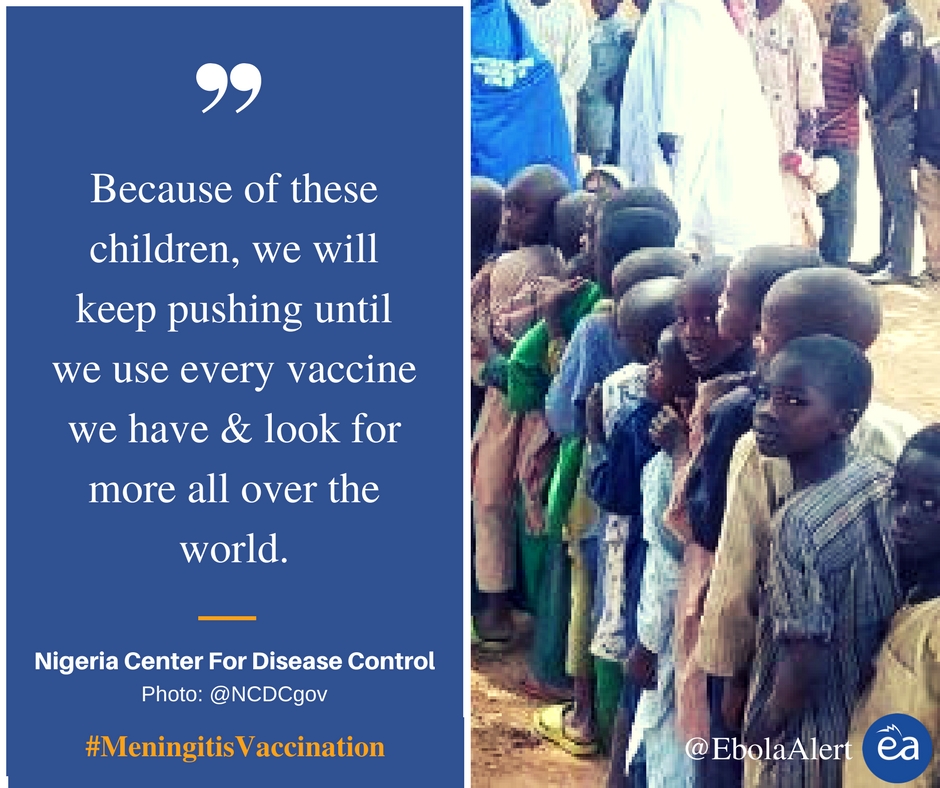

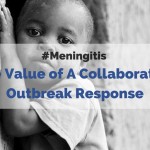
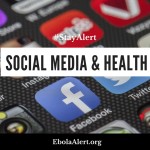








Leave a Reply